




















by Kathy Wolfe
How do we deal with pain? This week, Tidbits shares facts on taking care of our aches and pains.
• The ancient Egyptians and the Greek physician Hippocrates used the bark of the willow tree to relieve pain. It was effective because of a natural compound known as salicin, one with anti-inflammatory and antioxidant properties Today, it’s an ingredient in aspirin. In 1763, a British clergyman, after chewing on willow bark, experienced relief from fever and shared it with his congregation, reducing fever in 50 rheumatic fever cases.
• Aspirin is a salicylate, which works by reducing substances in the body that cause pain, fever, and inflammation. In 1853, a German chemist produced acetylsalicylic acid for the first time. But credit for the invention of aspirin has been given to another German scientist named Felix Hoffman, a research chemist for Bayer Industries, who devised a method of synthesizing the acid found the willow bark to produce a pain reliever. turn the page for more!



















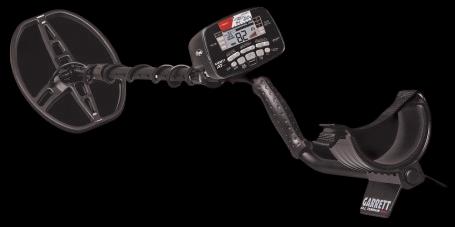



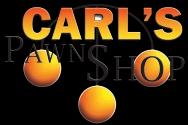


is Published & Distributed Weekly By: CindAl Publishing Company 812 55th St. Vienna, WV 26105 e-mail: alan@tidbitsmov.com
Advertising: 304.210.3812
We reserve the absolute right to accept, reject, discontinue or refuse any advertisement personal or commercial that we deem may not be conducive for our publication or Tidbits®. The publisher does not assume any responsibility for the claims of its advertisers. Tidbits® is committed to remain a family oriented publication. www.tidbitsmov.com
• Bayer introduced the first commerciallyavailable aspirin in 1899, the first massmarketed drug. The name was derived from “a” for acetyl, “spir” from the spirea plant, which is also a source of salicin, and the suffix “in.”
• Anacin is one of the oldest continuouslymanufactured brands of pain relievers in the U.S. Minnesota chemist William Knight added three other ingredients to the acetylsalicylic acid – acetaphenetidin, quinine sulfate, and caffeine – to create his own remedy, patenting it in 1916. He registered the trademark “Anacin” in 1918. Business didn’t boom for Knight, though, and after making less than $1,000 during 1919, he sold the business and patent.
• Bristol Labs introduced Bufferin in 1948 for the treatment of headaches. Excedrin ExtraStrength followed in 1960, containing acetaminophen, aspirin, and caffeine. Excedrin PM, the first combination headache and sleeping pill product hit the shelves in 1969. Excedrin Migraine, offered in 1998, was the first migraine medication available without a prescription.
• Although it was known that aspirin took care of a headache, it wasn’t until 1971 that scientists knew why. A British scientist named John Vane identified two substances in the body, called prostaglandins, fatty acids that cause swelling and pain and send these messages to the brain. Studies revealed that aspirin was inhibiting the synthesis of these prostaglandins, minimizing their effects. Vane and his colleagues received the Nobel Prize for Medicine in recognition of his work.


In this issue of TidbitsMOV our boy Tommy Tidbits is hiding When you find him, to enter the weekly contest, please send us a message including your name, POSTAL MAIL address, the issue number you are referring to and which ad is hosting Tommy for the week! Visit www.tidbitsmov.com or send the answer with the above information to alan@tidbitsmov.com OR you may send us a private message to our Facebook page - Tidbits MOV. PLEASE do not post the answer directly to the page - that ruins the fun for everyone. All winners will be drawn randomly from correct responses and will be posted weekly. As with all our contests, though you are welcome to play every week, you are only eligible for one winner per household per month.








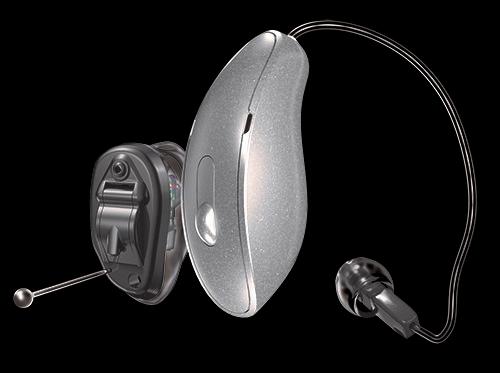



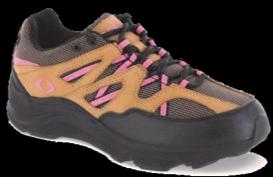
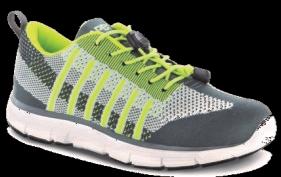


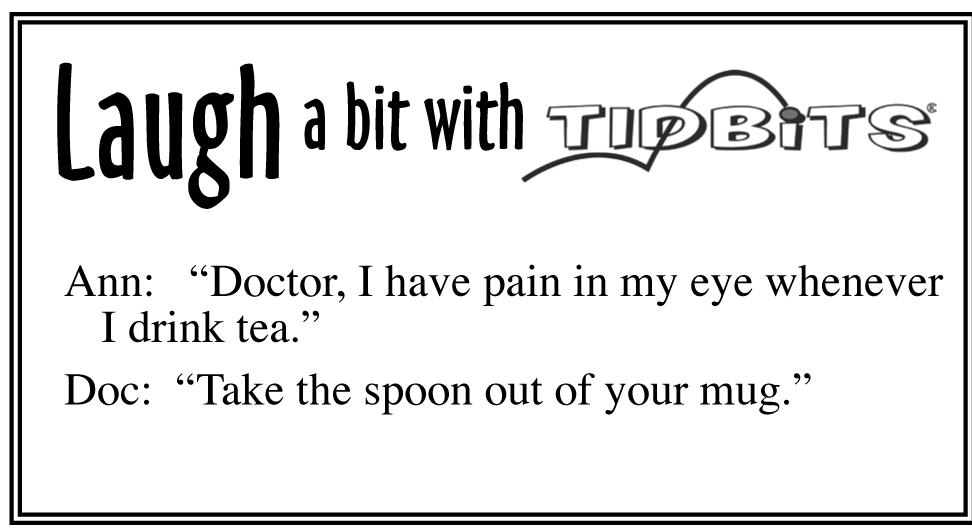




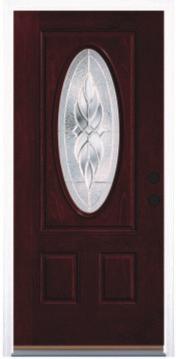

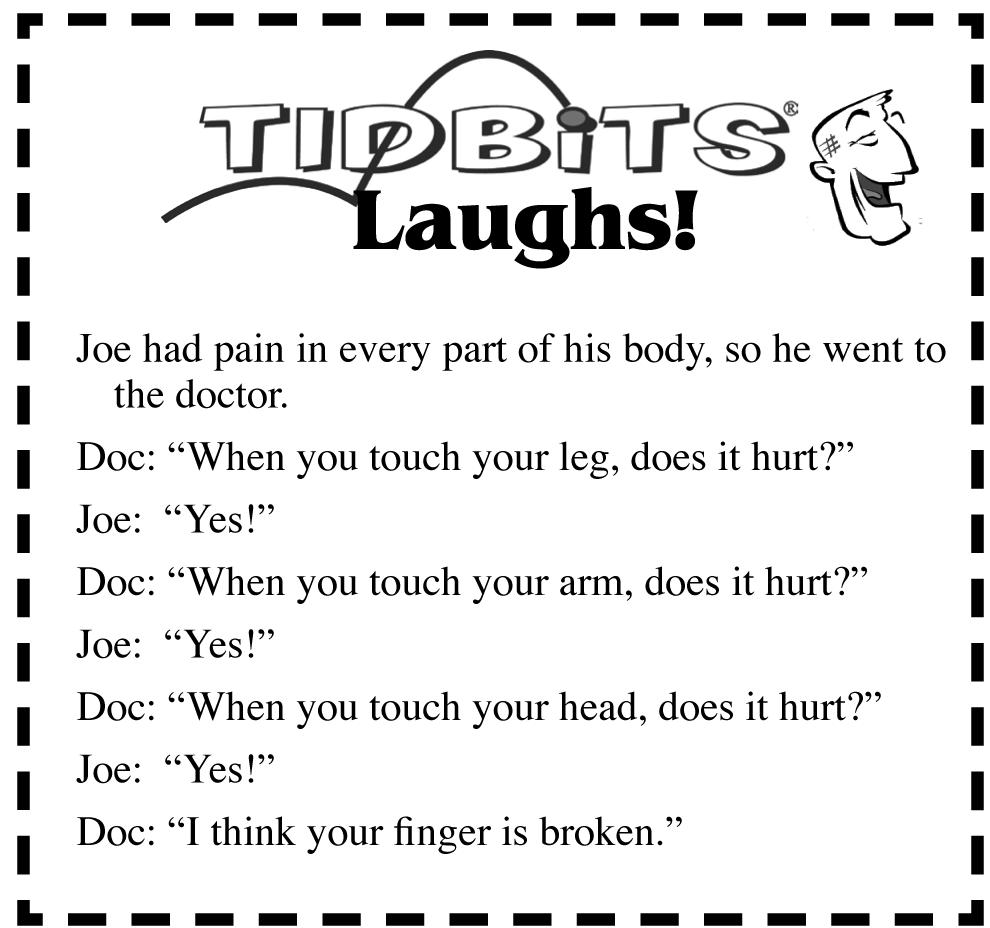
• Although aspirin was created as a pain reliever, it has the added benefit of helping prevent heart attacks. While blood platelets are beneficial in stopping bleeding by forming clots, they can also block blood flow to the heart, triggering a heart attack. They can also block arteries to the brain, causing a stroke. Aspirin lowers the risk for blood clots by making platelets less sticky, preventing the clots from forming.
• The Tylenol brand was introduced in 1955 by a pair of brothers who owned McNeil Laboratories. Widely known overseas as paracetamol, in North America it’s referred to as acetaminophen. While Tylenol is effective for easing pain and lowering a fever, it is not an anti-inflammatory medication, such as aspirin, naproxen, and ibuprofen.
• In 1982, seven people died in the Chicago area after taking Tylenol that had been deliberately laced with cyanide. More than 31 million bottles of Extra Strength Tylenol tablets were pulled back, one of the first major product recalls in U.S. history. As a result, the world’s first tamper-resistant capsules were created, and labeled Tylenol Gelcaps. Triple-sealed containers were also introduced within ten weeks of the recall, with other manufacturers following Tylenol’s launch. The tragedy cost the company upwards of $100 million. To date, the murderer has never been found, and a $100,000 reward for the capture remains unclaimed.
• Opioids are found naturally in the opium poppy plant, with some prescription drugs made directly from the plant, while others are manufactured in the lab using the same chemical structure. Opioids attach to and activate receptors on cells of the brain, spinal cord, and other organs, and block pain signals sent from the brain.





• Because opioids target areas of pain and pleasure, they can make people feel very relaxed and “high,” leading to recreational use and abuse. Examples of opioids include morphine, codeine, oxycodone, fentanyl, hydrocodone, and heroin. While low doses are used to treat severe pain, misuse can cause hypoxia, a slowing down of breathing and heart rate, resulting in too little oxygen reaching the brain. The outcome can be psychological and neurological damage, including coma, permanent brain damage, or death.
• Nonsteroidal anti-inflammatory drugs, or NSAIDs for short, are those that relieve pain, fever, and decrease inflammation. In 1953, a pharmacist and a chemist employed by Britain’s Boots Pure Drug Company began research to create a painkiller that would be suitable for long-term use for sufferers of rheumatoid arthritis. Finally in 1961, their team had created a compound they called ibuprofen, and a patent was secured in 1962. After seven years of clinical trials, the drug was approved in the U.K. for prescription use only, marketed by Boots as “Brufen.” It became available in the United States in 1974, and sold under trade names of Advil and Motrin, and was initially launched as a treatment for rheumatoid arthritis.
• Many people avoid pharmaceuticals altogether and turn to the ancient Chinese art of acupuncture, a method of inserting very thin needles into various locations of the body at a range of depths. It’s based on the principle of Qi (pronounced “chee”), the body’s “life force” or energy flow created along pathways in the human body. These pathways connect the acupuncture points on the body, which connect to internal organs. The needles inserted at these sites (usually in place for 20 to 60 minutes) can affect pain processing and increase blood flow to certain parts, helping to manage chronic pain, headaches, and migraines. There are 361 acupuncture points in the body where needles are inserted in differing combinations to bring
into


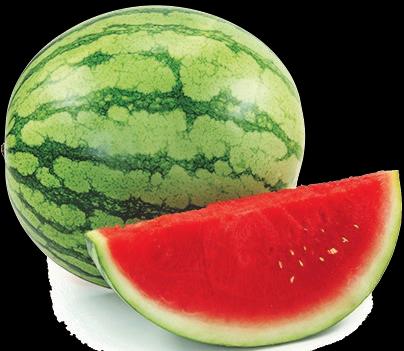
1090 S. Pleasants Hwy St Marys WV 9a - 7p Sun 10-5




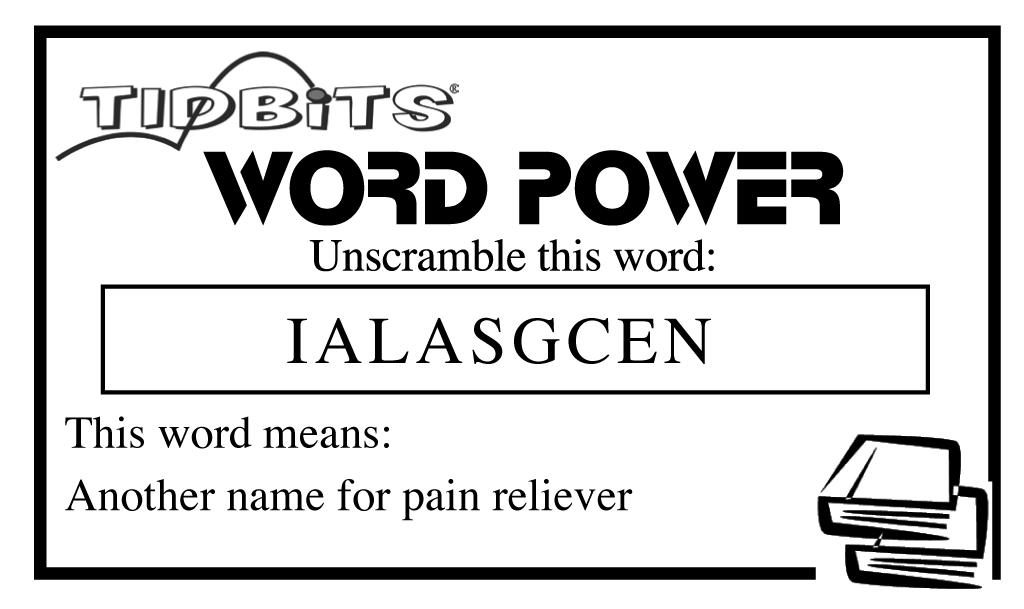

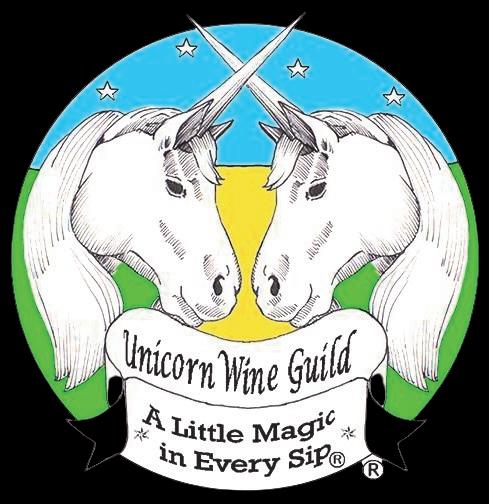

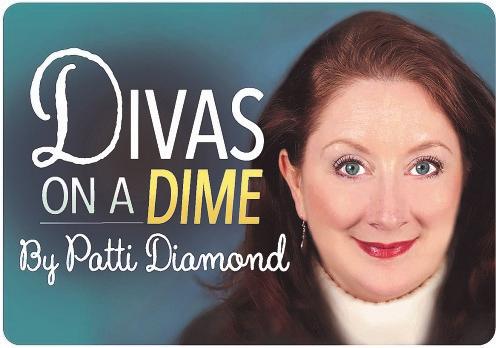
In a world where food waste is a growing concern, finding creative ways to use leftovers can be both economical and exciting. Imagine transforming yesterday's dinner into a delightful new dish with a flaky, buttery crust that elevates even the simplest ingredients. Welcome to the magic of the galette a French culinary gem that will make your leftovers the star of a new meal.
In French, "galette" is a term used to describe various freeform pies made with only a bottom crust. Traditionally, these can be sweet or savory, often filled with eggs, vegetables or fruit. A galette is a perfect way to creatively use up leftovers, like all the little bits and pieces in the fridge. Not only does this technique help reduce food waste, but it also brings a touch of elegance to your table. And let's face it, everything tastes better with a flaky, buttery crust.
A standard (9-inch) pie crust holds about 3 cups of filling, using whatever you have in the fridge. For example, you could use 2 cups cooked chicken and 1 cup mushrooms; or 1 cup hamburger, 1 cup beans and 1 cup corn; or 2 cups mixed vegetables and 1 cup diced ham. You get the idea.
You can make your own pie pastry, but purchasing ready-made pie crusts is perfectly fine.
Here's how you can effortlessly transform
your leftovers into a mouthwatering galette:
Yield: 4 Servings
Total Time: 35 minutes
3 tablespoons butter or olive oil
1 small onion, diced
3 garlic cloves, minced
3 cups cooked leftover meat and vegetables
3 tablespoons all-purpose flour
1 cup chicken broth or milk
1 tablespoon parsley or Italian seasoning
1/2 teaspoon salt
1/4 teaspoon pepper
1/2 cup shredded cheese, optional
One (9-inch) pie crust, purchased or homemade
Heat the butter in a large skillet and sauté the onion until translucent. Add the garlic and up to 3 cups of mixed leftovers to the skillet to warm.
Sprinkle the warmed filling with flour, stirring to evenly distribute. Let this cook for 2 minutes. Add 1 cup liquid (milk, half and half, cream or broth), the parsley or Italian seasoning, and adjust salt and pepper to taste. Stir to mix well. Bring to a simmer, then remove from heat and set aside. The filling will thicken as it cools. Meanwhile, preheat the oven to 400 F. On a floured parchment sheet, roll dough into a 12-inch circle. Transfer to a baking sheet.
Place the cooled filling in the center, leaving about a 2-inch border on the sides. Sprinkle with cheese if desired. Pull the sides of the pastry up over the filling, pinching at intervals to secure the pastry, leaving the center open.
Bake for 20 to 25 minutes, or until the crust is golden.
In the photo, I used shredded chicken breast, purple onion, sliced mushrooms, canned artichoke hearts and a big handful of chopped fresh spinach. Then I added a little cream and Parmesan cheese along with chicken broth to make a creamy sauce. The beauty of this recipe is its versatility you can use whatever leftovers you have on hand. Each galette will be a unique culinary adventure.
Transforming leftovers into a galette not only helps you save money but also reduces food waste and adds a gourmet twist to your meal planning. So next time you open your fridge to a collection of mismatched leftovers, remember this simple yet sophisticated technique. Your taste buds and your wallet will thank you. ***
Lifestyle expert Patti Diamond is the penny-pinching, partyplanning, recipe developer and content creator of the website Divas On A Dime Where Frugal, Meets Fabulous! Visit Patti at www.divasonadime.com and join the conversation on Facebook at DivasOnADimeDotCom. Email Patti at divapatti@divasonadime.com (c) 2024 King Features Synd., Inc.
Transform leftovers into a zero-waste gourmet delight with this savory galette.
PHOTO CREDIT: www.JasonCoblentz.com


Headaches are the most common form of chronic, recurring pain. All sorts of factors can contribute to a headache, and this week, Tidbits educates you on some of the causes and solutions.
• The official name for a headache is cephalalgia. There are more than 200 different classifications of headaches, ranging from harmless to life-threatening. Primary headaches, which account for 90% of all headaches, are the result of changes to blood vessels, nerves, and chemicals in the brain, with the nerves sending pain signals to the brain. While they can be very painful, they are not dangerous from a physical point of view. Tension headaches are the most common type of the primary variety, affecting about 22% of the population. Primary headaches are frequently triggered by lifestyle factors, such as dehydration, fatigue, stress, sleep deprivation, loud noises, lack of physical activity, overexertion, poor posture, alcohol or nicotine use, skipped meals, and even laughing or crying.
• Secondary headaches are caused by another condition, and can be a sign of a potentially life-threatening situation, such as an infection, a head injury, a brain bleed, spinal fluid leakage, or a tumor.
• Those who suffer cluster headaches experience a series of short but very painful headaches for weeks or months at a time. They might only last 15 minutes, but can continue for three hours before they disappear. It’s not unusual to have three a day, while some unfortunate people get them up to eight times a day. Oddly, cluster headaches usually occur at the same time each year. Facial nerves produce intense pain around one of the eyes that can be even more severe than a migraine. Cluster headaches aren’t as common as migraines, rather affecting fewer than one in 1,000 people. (Continued page #7)











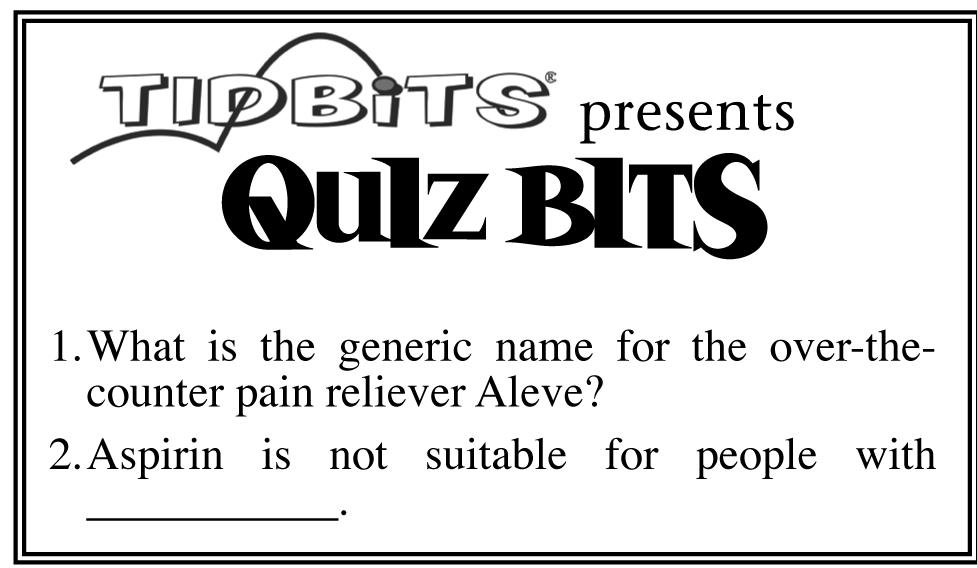








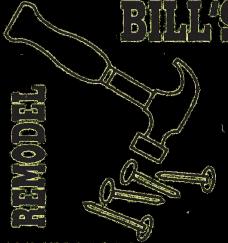

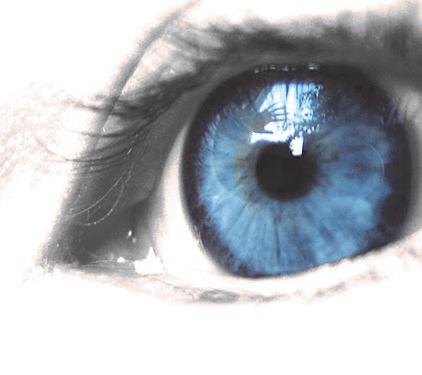





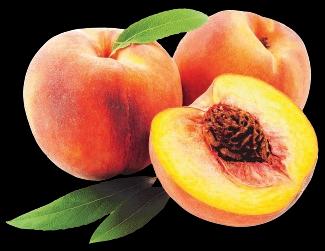


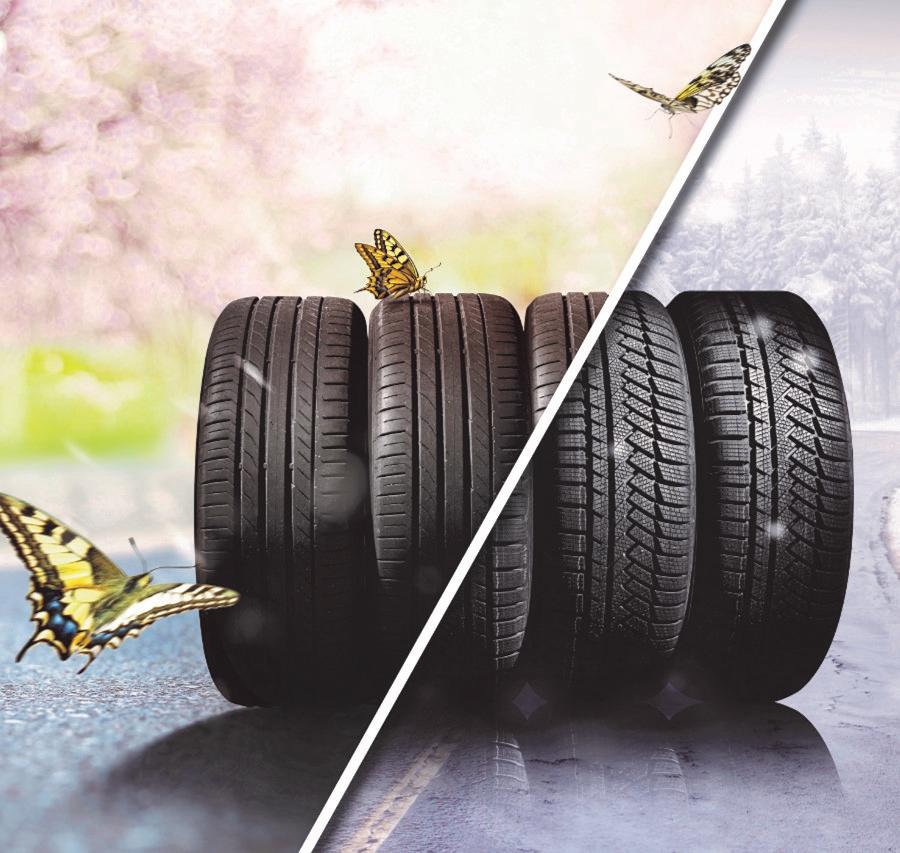







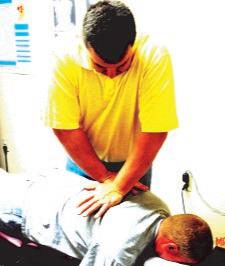







DEAR PAW'S COR-
NER: My family is taking a vacation to Orlando in three months, and we want to take our Bichon Frise, "Arabelle," with us. She is a small-medium size dog. Can we take her aboard the plane as an emotional support animal, or do we have to pay? Carol in Minneapolis
DEAR CAROLE: You'll have to pay for Arabelle to accompany you on the aircraft, and I recommend you book as soon as possible. Airlines offer limited space for small and medium size pets to ride in the passenger cabin with you.
Since a 2020 ruling by the Department of Transportation, only trained dogs that perform specific tasks to aid a person with a disability can be classified as service dogs. Most airlines no longer allow emotional support animals, as they are not considered service animals.
Here are some important tips for traveling by air with your pet: Book as early as possible to reserve a space for your pet to travel in the cabin. Expect to pay between $100 and $200 for pet accommodation on your flight. Your pet must be well-behaved and responsive to your commands; cabin crew can ask you to deplane if your pet does not behave. Smaller pets should be kept in a carrier. They should be able to stand, turn around and lie down inside the carrier. Visit the veterinarian for a pre-travel checkup, and make sure your pet isup to date with all vaccinations, especially rabies. Airlines won't allow unvaccinatedpets to fly Exercise and feed your pet before leaving for the airport.
Arrive early. Running late can stress you and your pet.
Get more tips at the AARP's website: https:// tinyurl.com/3ex23uw9
Have you flown with a pet? How did it go? Tell me about it at ask@pawscorner.com. (c) 2024 King Features Synd., Inc.













(continued):
• Migraines, a type of primary headache, affect about 12% of the U.S. population. While it’s not exactly clear what causes migraines, changes in the level of the body’s serotonin seem to be a factor. When serotonin dips, blood vessels dilate and the swelling brings on a migraine. They begin with a dull ache, which develops into a constant throbbing and pulsating pain, sometimes accompanied by nausea, vomiting, and sensitivity to light and noise, and can last for at least four hours up to days. About 20% of those who have migraines experience aura, visual symptoms that appear just before the migraine attack. It might appear as sparks, flashes of light, wavy lines, tunnel vision, blind spots, and even hallucinations.
• When you have a headache, it might feel like your brain is throbbing, but in fact, the brain itself is not sensitive to pain because it lacks pain receptors. The pain comes from nerves near the muscles and blood vessels of the face, neck, and scalp that do have pain receptors.
• Mild headaches can be treated with over-thecounter remedies. Natural ways to relieve a headache includr applying heat or cold packs to the head, doing stretching exercises, a massage of the head or neck, resting in a dark, quiet room, sipping an herbal peppermint tea, and taking a walk. Magnesium supplements have been shown to reduce the number of headaches and migraines.
• Although there are plenty of conventional methods of dealing with headaches, some folk remedies include making a poultice of cornmeal and applying to the temples or swallowing a spider web. Other folklore cures involve putting hair from your comb under a hidden rock, carrying one of your teeth around your neck, or attaching the leaf of a horseradish plant to the head.



* Clean baby food jars can be filled with small snacks like Cheerios and doled out in the car during longer trips. They hold just enough for a quick snack.
* "If you pull all the way into your garage, tack some carpet scraps to the wall that you pull in toward. It will protect the wall's paint, and it will protect your car's bumper if you accidentally rub the wall." U.F. in North Carolina

don't risk attaching it to the other side of the tights.
* "I somehow lost one of a pair of socks that had gripper dots on the bottoms of the feet, so they would be nonslip. I gave the odd sock to my mom, and she uses it as a jar or bottle opener. The gripper dots help her get a hold of the lid to unscrew it."
R.J. in Ohio

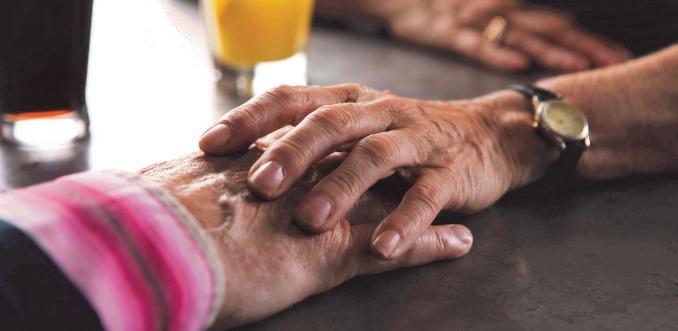
* For dance recitals, make sure to get a recording of the music to be used. You also can videotape the practice performance and have the student watch it, pointing out the great parts and the parts that need work. via email
* Stop runs in hose or tights by painting the bottom of the run with clear nail polish. Let dry and repeat. Do this while wearing them, and gently unstick from the skin. It works better when they are stretched as they will be worn, and you
* To freshen a lunchbox, dampen a paper towel with plain vinegar and stick it inside the lunchbox. Leave overnight. Send your tips to Now Here's a Tip, 628 Virginia Drive, Orlando, FL 32803.
(c) 2024 King Features Synd., Inc.









